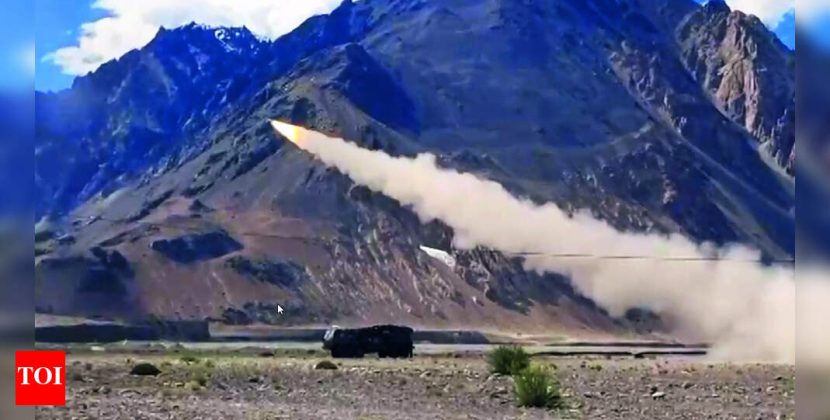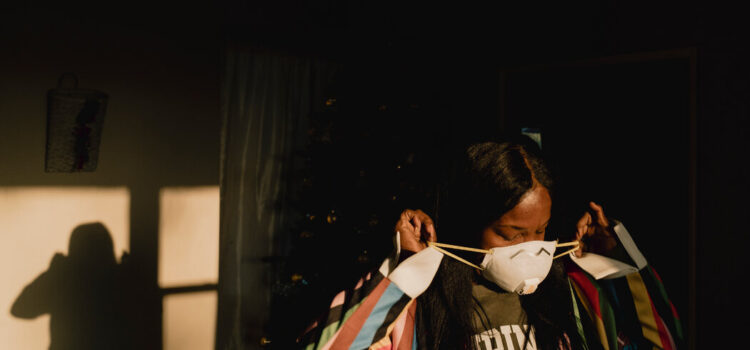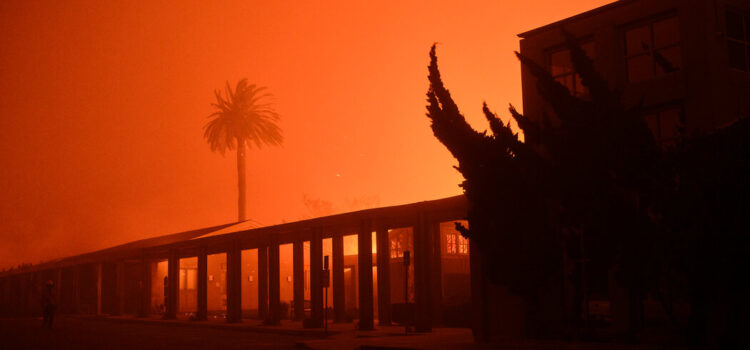
As soon as an evacuation order was lifted in her neighborhood, Arlynn Page raced back to her charred street in Altadena, Calif., to see what was left of her hillside home. The two houses next door were rubble, but hers was unscathed.
Then she went inside. A stinging haze hung in the living room. Her mattresses, rugs and couches reeked like a chemical campfire. Ms. Page, 55, flung open the windows and doors to let in the breezy afternoon air, but she was still choking.
“I have such a headache,” she said through a mask. “There’s so much smoke.”
This was the vexing reality that thousands of displaced people across Los Angeles faced, as they were allowed back home this weekend for the first time since fleeing the firestorms. Their homes had escaped the annihilation that burned 12,000 other structures, but were nonetheless filled with ash and smoke damage.
As waves of residents return to their homes in the coming weeks, many more people are likely to encounter similar surprises. Wildfires not only burn down structures, but emit smoke, ash and heat that suburban homes are rarely built to withstand.
“It smelled worse inside our house than outside,” said Marcos Barron, 53, who snapped on a respirator and face shield, as he headed back into his mountainside home.
It felt like an invisible injury. From the outside, their houses looked undamaged, but inside the air stung their throats and made their eyes water and heads pound. They worried about the health effects of inhaling the soot that now saturates the fire zones, from window sills and air ducts to burned-out lots and charred mountainsides. Some concluded that their homes were uninhabitable.
“We cannot just come in here with a couple of air purifiers,” Ms. Page said. She is considering moving in with her mother in Compton, 25 miles to the south.
Up the street, other returning residents hauled sofas, quilts and cushions into their front yards. Late Friday afternoon, the lights suddenly flicked on, as power returned to a section of Altadena for the first time in 10 days.
One resident, instead of celebrating, lunged to shut off his HVAC system.
“It’s the invisible threat,” said Alex Fabbro, who returned to her home on Friday, but did not plan to stay overnight. “Just because you don’t see a bunch of ash doesn’t mean there’s nothing there.”
Still, those who were coping with smoke and ash damage said that they felt lucky, even guilty, that they still had a home standing in the midst of so much devastation. The thousands of people whose homes were destroyed will have to make difficult decisions about how to rebuild, along with shouldering the burdens of costs, delays and permits.
Some residents with intact structures have already started calling fire-remediation companies to test their homes for contaminants and to plan deep cleans. Many residents said they had to wait for their insurance companies to inspect the homes and make recommendations.
Some residents who found minimal traces of smoke or soot inside their homes started cleaning up by themselves. Wearing respirators and N-95 masks, they wiped away soot from their doorways, vacuumed up the ash and opened every window they could.
Several residents said they did not know what was safe to keep and what was not. Could they just throw their blankets and clothes into the laundry? Should they throw out their smoky couches? What about carpeting, or the insulation in their attics?
“All of those materials tend to soak up a lot of the gases, and then over the next month they’re going to release it back,” said Paul Wennberg, a professor of environmental science and engineering at the California Institute of Technology.
Dr. Wennberg said that a particulate sampling device about 20 miles south of the Eaton fire had detected high levels of toxins, including lead, chlorine and bromine in the air. Ninety percent of the homes in the Altadena were built more than a half-century ago, when lead paint and asbestos were still used in home construction.
The fires in Altadena and Pacific Palisades consumed not only trees, brush and timber from people’s homes but also lead acid car batteries, plastic pipes, synthetic furniture, paint and untold other potential sources of contamination.
“If you’re downwind and have just some dust and smoke, you can clean it up,” Dr. Wennberg said. “If you’re one of those few standing houses in the middle of Armageddon, I don’t know what I would do.”
The howling winds that supercharged the Eaton fire also pumped smoke and soot through gaps in single-pane windows and into thinly insulated homes.
Soot blew in through gaps and cracks, sneaked under doors and snowed down from vents, homeowners said, powdering their carpets, closets, couches, pillows and quilts. In the Kinneloa Mesa neighborhood, which is east of Altadena and largely escaped the flames, Max Pellegrini said that the inside of his home was coated in a quarter inch of “dirt and ash and whatever else.”
He started cleaning up the house and raking leaves until his breathing grew labored and his head started to feel heavy.
“I realized I was actually breathing this crap,” he said.
Mr. Pellegrini said he anticipated having to replace the insulation in his attic, to repaint the walls and to scour his house clean. He expected his insurance to cover much of the cleanup’s costs, which could reach $40,000. But he said that he expected his $12,000 yearly premiums would keep rising, or that private insurers might abandon his neighborhood altogether.
Residents covered by California’s FAIR Plan, a last-resort insurance option that offers catastrophic coverage, could face additional hurdles if their homes were to suffer hidden damage.
A class-action lawsuit filed last year on behalf of more than 350,000 homeowners accused the FAIR Plan of wrongfully excluding smoke damage from coverage, saying that the damage was being denied if it were not clearly visible, such as a singed wall, or not detectable through smell.
A spokesperson for the FAIR Plan said it was “not intended to, and does not, afford coverage for nonpermanent damage, including smoke damage.”
For Ms. Page, the fires struck not long after she moved into her rental house above El Prieto Canyon with her adult son and nephew. The $5,500 rent was a stretch, but it felt like home. She loved the views stretching over the oak-covered hills, and she had planned to plant gardens in the terraced backyard.
Many homeowners’ policies will cover the cost of replacing contaminated possessions, but Ms. Page said she was unprotected because she had not yet bought renters’ insurance. Her landlord will clean the house, but she said she would have to pay for new bedding and furniture and temporary housing.
“I want to be here to rebuild,” she said. “I love this community so much. But breathing this air? I don’t know.”












Comments